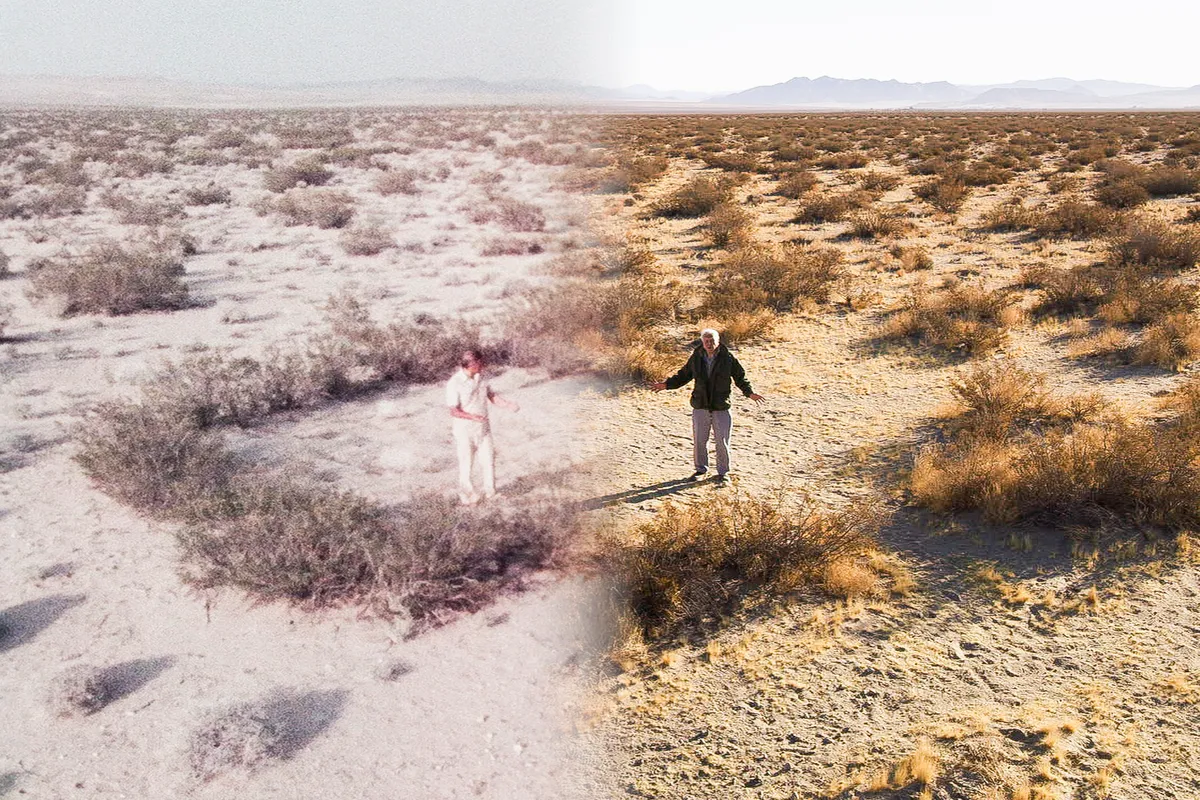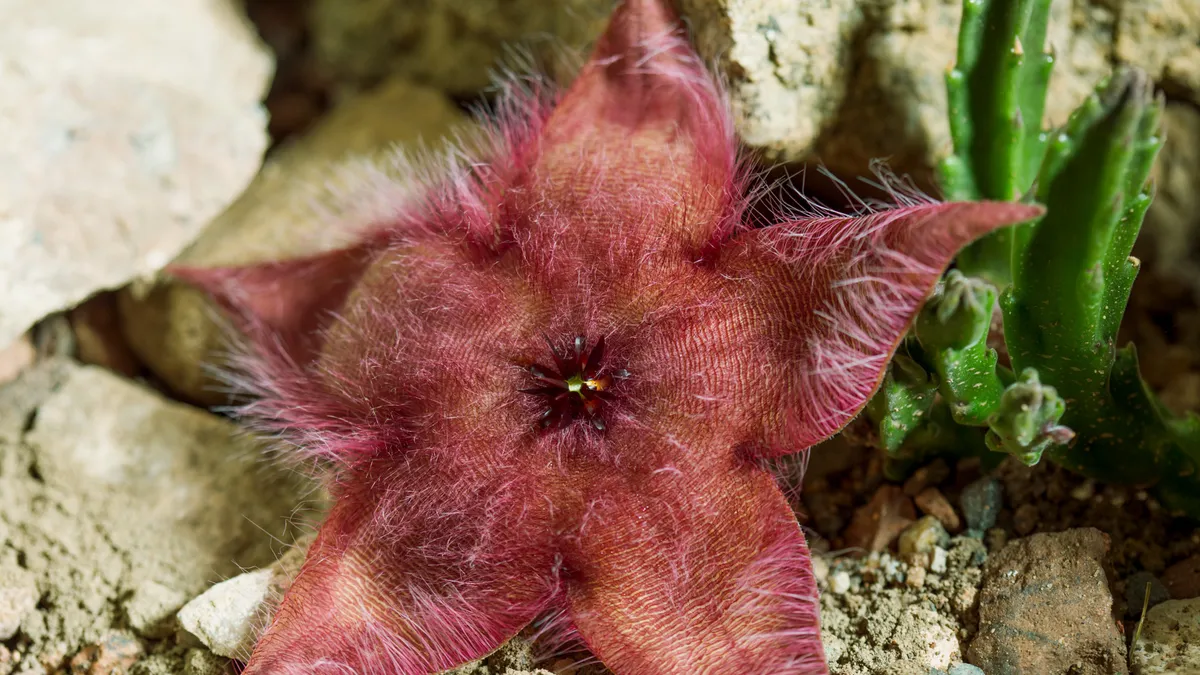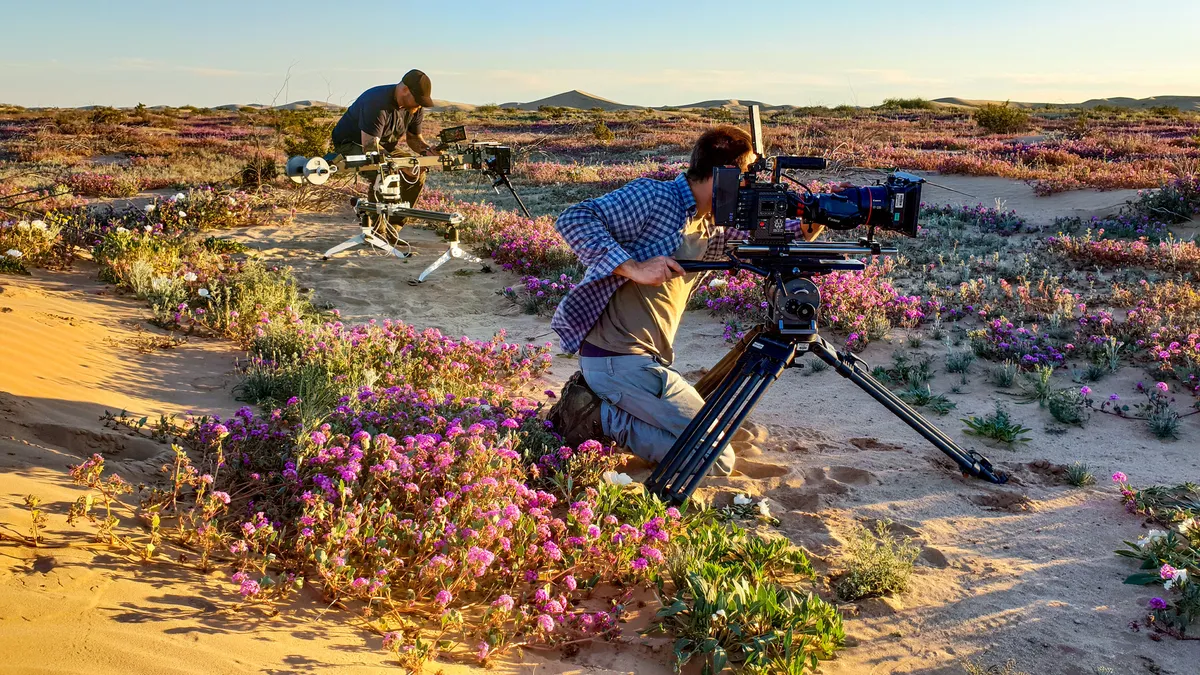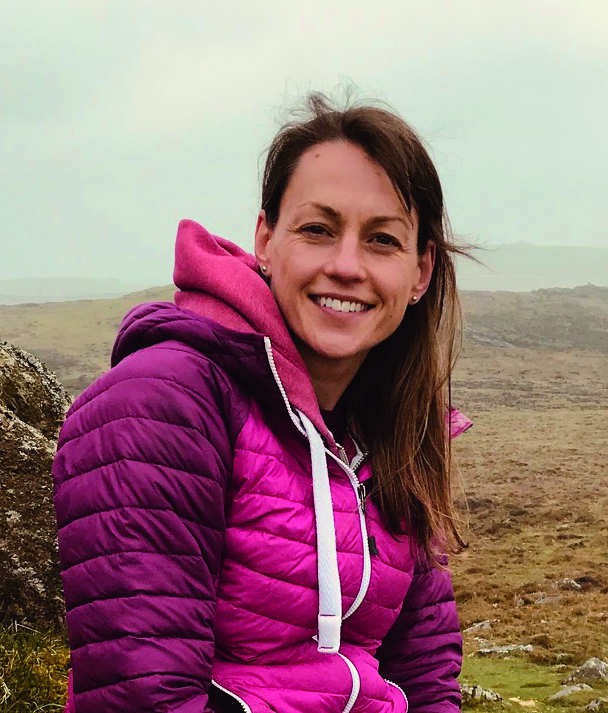The fourth episode of The Green Planet – Desert Worlds – reveals how plants, birds and other animals survive in the hottest and driest landscapes on the planet. We spoke to the episode's producer Paul Williams about the challenges of filming and working in this arid and challenging environment.
What is the theme of this episode?
How plants live in the driest, harshest and most extreme landscapes on Earth, where survival means getting water and then protecting it. We also reveal the remarkable adaptations of desert plants, and how they depend on their relationships with other plants and animals.
What filming approaches do you use?
The thing about desert plants is that many grow much slower than those in other environments, and even subtle changes in the landscape can take many decades to see. So we had to take a different approach to the rest of the series – we made David a time-traveller. He is the only person that can do that, because he’s the only person that’s been to all of these places over all these years. We took him to a creosote bush in the Mojave Desert, southern USA.
It looks like a boring shrub, but is in fact one of oldest organisms on the planet – it’s 12,000 years old. David filmed it back in 1982 for Living Planet, and I thought it’d be great to return and see if anything had changed. We used a similar camera crane to the one used 40 years ago so we could get the very same shot. As we transition from old to new footage of Sir David, we see that in four decades the plant has barely altered at all – it’s grown less than an inch.

I also found a photo taken 90 years ago in the Sonoran Desert, showing a forest of saguaro cacti. We tracked down the location and lined up our cameras so that David could walk through the exact same shot. Fast-forwarding from then to today shows that within his lifetime, most of those saguaros have vanished. This simple trick allowed us to show how these desert ecosystems exist in fine balance – when that balance is thrown, it can take decades before the effects can be seen.
How do desert plants go beyond cacti?
Deserts can appear barren and void of plants, but they are often just hiding. In the Succulent Karoo Desert in South Africa, there’s a fascinating species called Lithops that looks like a pebble, so you only notice it when it flowers. There’s also another very peculiar plant in the Karoo called stapelia, whose open flowerbuds look like big, red, hairy starfish. It’s covered in hair, has scaly skin and stinks of rotting flesh to attract carrionflies to disperse its pollen. We time-lapsed one opening, and you can see it writhing and squirming like a weird alien.

What do we learn about the cactus?
At least 200 species of bird rely on the saguaro for nest-sites. First, a woodpecker must excavate a hole in its flesh. To ‘heal’ the wound and prevent water loss, the saguaro uniquely grows a hard lining called a ‘boot’. Using time lapse, we filmed this forming over six months. Once the boot is fully formed, the birds set up home, and in return pollinate the saguaro’s flowers and spread its seeds. It almost feels like it was the plant’s plan all along.
To me, the saguaro is the ultimate desert superhero. It has this giant body and huge arms, and can hold five tonnes of water. It has ridges like an accordion and when it’s dry, it contracts, but when it rains, it sucks up vast amounts of water and expands. Three years ago, I went out and programmed a bunch of time-lapse cameras to take hourly photos of a saguaro. Stitched together, the images reveal the cactus as this big morphing shape-shifter.
What’s your greatest filming success?
For me, the most incredible story is of the Tristerix plant in the Atacama Desert in South America – the driest desert on Earth. Tristerix is a parasite on the hedgehog cactus. Its seeds land on the plant’s spines via mockingbird poo. Each sprouts a long, red probe, which grows towards the body of the plant and latches on like a leech. After dark, when the plant’s stomata open to breathe, Tristerix invades.

A year later, these red ‘fingers’ burst through the plant and flower. Hummingbirds then pollinate the blooms, so seeds are produced and the cycle starts again. It’s an incredibly complex and quite freaky relationship – you can’t help but wonder how it all evolved. Tristerix is a survivor. It has no way of holding its own water, but manages to sponge off a fellow desert plant that can.
How did you capture that on camera?
It took us five attempts over several months to film a seed germinating. We filmed around a cactus in the desert, and also in a studio. We collected seeds and placed them on the plant, but finding one that would actually grow a probe was really tricky. One eventually started growing – we could see it on the time lapse and we started getting really excited. The next day an insect came along and ate it. You can never predict plants...
Watch more documentaries by David Attenborough:
Any unexpected successes?
Yes, two! On the first shoot of the series, a scientist in the Sonoran Desert alerted me to a hurricane over the Gran Desierto in Mexico that had shown up on his radar. He thought it might drop enough rain to trigger a wildflower bloom, which would be the first in 20 years. So we flew to Arizona, from where we planned to drive over the border and into the Mexican desert.
The morning we were due to head out, we awoke to snow – the heaviest that had fallen over Arizona in decades. We got some beautiful shots of saguaro cacti and the desert in snow. Next morning, the snow had melted, so we headed over the border and spent the day driving over huge dunes into the heart of the Gran Desierto. We arrived at our location just as the sun was setting, and were greeted by an overpowering scent. We knew then that we’d hit the jackpot. Sure enough, the next morning we were surrounded by wildflowers.

What were the biggest challenges?
The plants. In the Sonoran Desert everything has spines and prickles, which we were constantly pulling out of our legs and backsides. Going for an insect’s perspective means always getting low, so I’d inevitably find myself nearly sitting on a prickly pear and getting speared. But the real bane of our lives was the cholla plant, which some say is the most dangerous in the desert. Its spines have backward pointing barbs that latch on to you and need to be pulled out with pliers.

I thought it would be great for Sir David to experience the cholla first-hand and reveal how its buds can latch onto anything, so I found a thick Kevlar glove and took him into the desert. He put his hand inside the plant and did this great piece to camera, describing how the spines were penetrating the glove and going into his skin. After filming we had to use pliers to de-prickle him. I had no idea the spines would pierce the glove – it was the strongest we could find! We tested it on ourselves, but Sir David was incredibly enthusiastic and went right on in. He chalked it up to being a genuine desert experience...
Did you ever get lost in the desert?
Um, yes. To film the transformation of the desert during the wildflower bloom, we hammered camera posts into the ground and took their GPS coordinates. The plan being that, in a few months, when the flowers had disappeared, we’d go back and use the coordinates to relocate each post. We would then take another set of shots and blend the two together.
On our second visit, we headed out to where we thought the posts were. We walked further and further into the dunes but couldn’t find them. The sun was rising and it was getting hot. Then, we realised we’d misread a coordinate. We’d wandered off into the desert completely unprepared. I got heat exhaustion and had to spend the rest of the day being doused in water.
Any close shaves?
I was setting up the time lapses on the saguaros and, to find the best looking plants, I had to wander off the track a few times. Once, heading back to the road, I heard a rattle. I looked down and there by my feet was a rattlesnake. I jumped forward, and another rattlesnake appeared, so I had to jump again. That was pretty hairy, but not as hairy as the cholla cactus.
How should we view desert plants?
Desert plants are the basis of a thriving ecosystem that can be as rich as any other on the planet. I hope that people realise that if we’re to protect desert animals, we need to protect the plants first.
Main image: Sir David Attenborough standing within a Creosote Bush, Larrea tridentata (one of the oldest organisms on earth – over 10,000 years old), which he previously visited forty years ago. The bush had grown an inch since he last saw it. Mojave Desert, California Sir David Attenborough. © Patrick Avery
